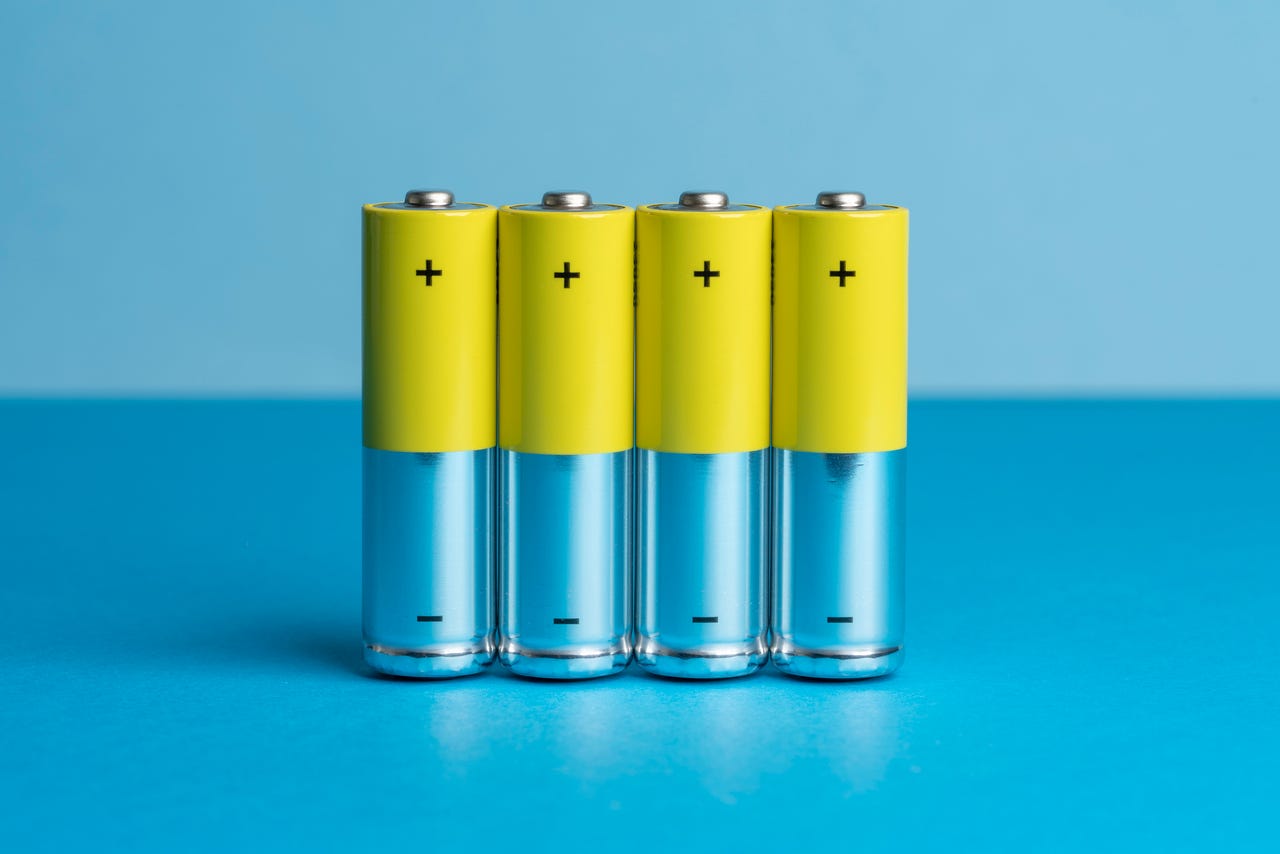'ZDNET Recommends': What exactly does it mean?
ZDNET's recommendations are based on many hours of testing, research, and comparison shopping. We gather data from the best available sources, including vendor and retailer listings as well as other relevant and independent reviews sites. And we pore over customer reviews to find out what matters to real people who already own and use the products and services we’re assessing.
When you click through from our site to a retailer and buy a product or service, we may earn affiliate commissions. This helps support our work, but does not affect what we cover or how, and it does not affect the price you pay. Neither ZDNET nor the author are compensated for these independent reviews. Indeed, we follow strict guidelines that ensure our editorial content is never influenced by advertisers.
ZDNET's editorial team writes on behalf of you, our reader. Our goal is to deliver the most accurate information and the most knowledgeable advice possible in order to help you make smarter buying decisions on tech gear and a wide array of products and services. Our editors thoroughly review and fact-check every article to ensure that our content meets the highest standards. If we have made an error or published misleading information, we will correct or clarify the article. If you see inaccuracies in our content, please report the mistake via this form.
Can you safely revive a dead lithium-ion battery? Yes - here's how


More and more devices now come kitted out with rechargeable lithium-ion batteries -- you know, the ones that look like the old-style AA or C cell batteries, but are a slightly different size. The most common size is the now ubiquitous 18650, but there are loads of other sizes in use too, such as the 14500, 16340, and 26650.
These batteries are incredibly safe if treated properly, especially when you consider how much power they contain, and can last for many years and hundreds of discharge cycles before needing to be replaced.
Also: The best rechargeable batteries
Despite being so reliable, things can go wrong with these batteries. One of the most common issues is that they can become so discharged that they refuse to charge altogether. While these batteries appear dead, a little gentle persuasion can often bring them back to life.
Notice that I said "gentle persuasion."
Modern lithium-ion batteries hold an incredible amount of power, and if this power is unleashed in an unplanned way -- say by damaging the battery or short-circuiting it -- then this can cause explosions, fires, injury, or even death.
Also: The best AirTag for your wallet is flat, rechargeable, and isn't made by Apple
Despite these real risks, I've come across countless videos and blog posts that encourage people to do absurdly dangerous and unspeakable things to lithium batteries. There's only way I recommend to resuscitate these batteries: use a basic USB charger.
There are several of these chargers available. I like the TrustFire UC10, but that's now harder to find. I've found that basic USB chargers also work. These "dumb" chargers beat the smart ones because they can allow the battery to draw minuscule amounts of current, slowly and safely, until it gets to the point where it can take a proper charge.
I like these USB chargers because I can use a power bank rather than a mains charger to charge the battery, allowing me to carry out the charging somewhere safe, such as outdoors or in an outbuilding.
As an additional precaution, I also place the battery being charged into a fireproof container (here I'm using an old wok), just in case something goes wrong.
Also: Why you need a batteryless jump starter (and how it works)
Just this morning I brought back to life a 26650 battery that had been run too low in a friend's flashlight. I hooked the charger to a power bank, connected the battery, and waited. Initially, it seemed like nothing was happening (the meter on my power bank wasn't showing any draw), but I waited anyway.
This battery doesn't seem like it's charging, but it is, just very, very slowly.
And waited.
And waited.
Also: I use this 12-in-1 electric screwdriver all the time
I patiently allowed the battery to draw small amounts of charge. After about 20 minutes, it popped back to life and started drawing all that the charger would offer -- 1 amp at 5 volts.
And all of a sudden, the battery starts drawing a healthy 1 amp and 5 volts.
At this point, I knew that it had been revived and on the path to good health.
Throughout the process I kept an eye on the battery's temperature using a thermal camera (here is a good thermal camera for Android, and one for iOS).
Keeping an eye on the battery's temperature using a thermal camera.
I gave the battery a few more hours of charge, and at the end of the process it was as good as new, saving the owner the $10 or so it would have cost to replace the battery.
About those battery sizes
The names of these batteries -- such as 18650 and 26650 -- represent the size of the battery.
Also: I tested this cheap 9,000,000mAh battery pack from eBay - here's my buying advice
Take the 18650. In this case, the 18 refers to the diameter of the battery in millimeters (18mm), while the remaining digits represent the length (65.0mm).
If you are tempted to measure these batteries, definitely don't make the same mistake I saw someone once make: using metal calipers (like these ones). You will instantly and dangerously short-circuit the battery! Only use plastic digital calipers for measuring batteries.